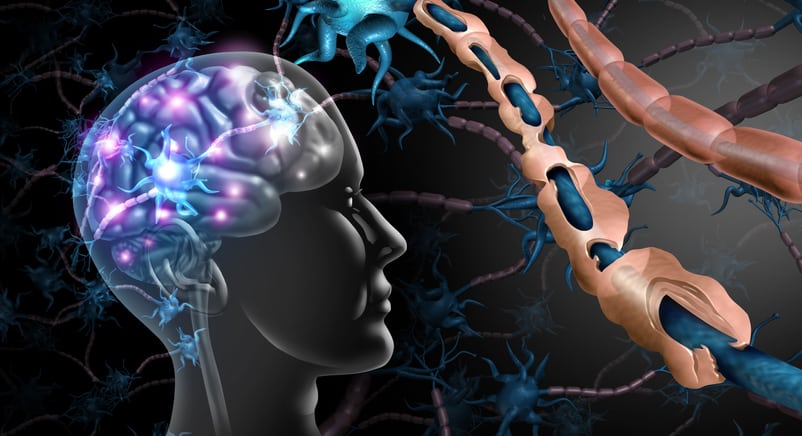Restricted and repetitive behaviors (RRBs) are core features of autism. Factor-analytic studies comprised primarily of children have provided evidence for two domains of RRBs: Repetitive Sensory Motor (RSM) and Insistence on Sameness (IS) behaviors. The present study explores the validity of the Autism Diagnostic Interview-Revised (ADI-R) and the Repetitive Behavior Scale-Revised (RBS-R) for assessing these RRB subtypes in autistic adolescents and adults.
The sample included 293 participants (M=19.89, SD=4.88 years) whose RRBs were assessed via ADI-R or RBS-R Caregiver-report or RBS-R Self-Report. Confirmatory factor analysis (CFA) was conducted to assess the validity of the two-factor structure for each instrument. Cronbach’s alpha was computed to assess subscale reliability. Correlations were examined between instrument subscales, NVIQ and age.
Exploratory correlations were modest and provided weak evidence in favor of the utility of a CFA for the ADI-R. The RBS-R Caregiver and Self-Report CFA and internal consistencies supported the two-factor RSM and IS model tested. Consistent with previous literature, NVIQ was negatively correlated with the RBS-R Caregiver RSM subscale, but not meaningfully associated with IS. Neither RBS-R Self-Report subscale were meaningfully correlated with NVIQ. Across instruments, RSM subscales were correlated, but associations between IS were minimal.
The present study provides initial support for the use of the RBS-R Caregiver and Self-Report to measure dimensions of RSM and IS behaviors in autistic adolescents and adults. The present data did not support the use of the ADI-R to assess these RRB subtypes in older individuals. Conclusions must be interpreted cautiously in light of the present study’s sample limitations. Additional research is needed to understand differences in caregiver and self-reported RRBs. Further research on RRBs in autistic adolescents and adults, particularly in samples of greater gender and racial/ethnic diversity, is critical to inform community understanding and knowledge of autism in adulthood.
Measurement of subcategories of repetitive behaviors in autistic adolescents and adults.


